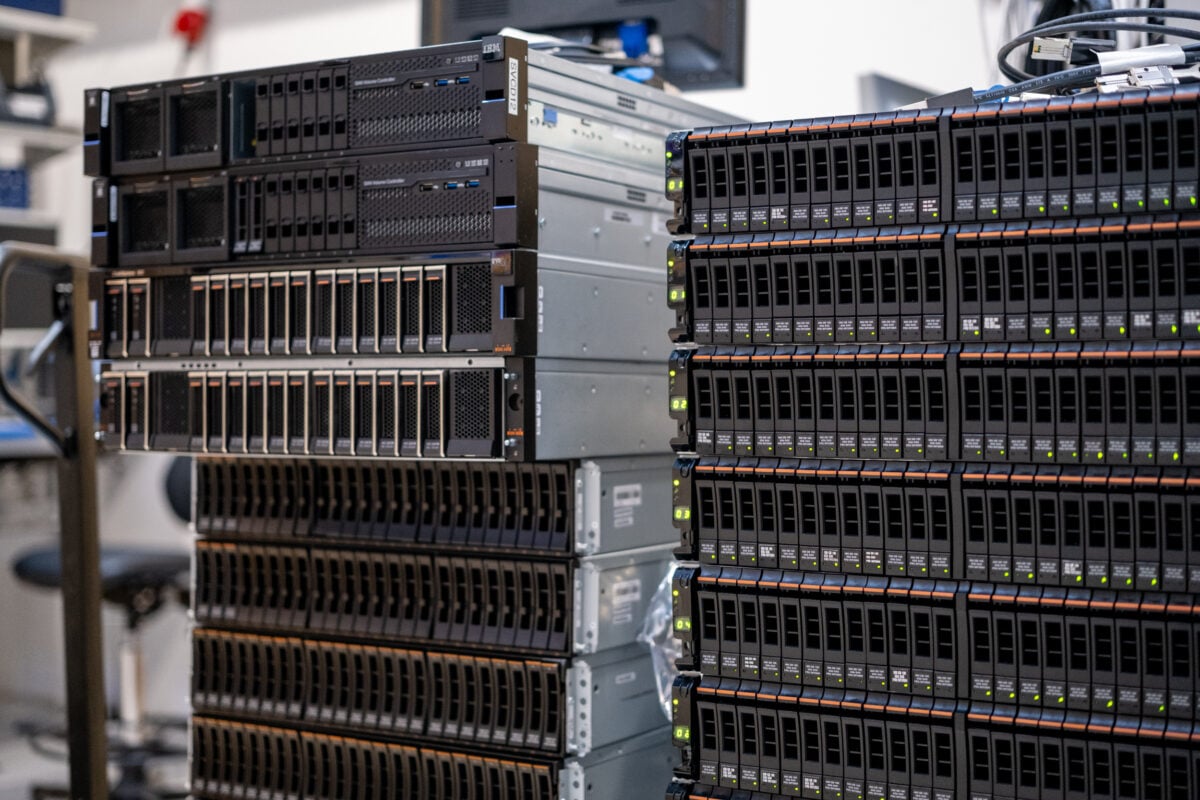
Refurbished IT hardware offers an appealing combination of sustainability and cost-effectiveness, attracting many businesses looking to optimize their technology investments. However, as the market for refurbished equipment grows, business customers face specific challenges that can complicate the decision-making process. This post explores these challenges and offers practical advice for companies on how to effectively navigate them.
1. Quality and Reliability Concerns
Many businesses hesitate to invest in refurbished IT hardware due to concerns about product quality and lifespan. These concerns are understandable as any downtime can have serious consequences for operations and revenue.
Strategies to Overcome:
- Choose refurbished equipment only from reputable suppliers that offer certified and thoroughly tested products.
- Ensure that the supplier provides robust warranties and a reliable support scheme that guarantees quick resolutions in case of any issues.
Also read: How Inside Systems Sorts Electronic Waste
2. Lack of Standardization
Varying refurbishing standards can pose challenges for business customers who need consistent quality and reliability in their IT infrastructure.
Strategies to Overcome:
- Investigate the supplier’s refurbishing processes and ensure they follow recognized industrial standards.
- Prioritize suppliers that are transparent about their quality assurance procedures.
3. Competition from Newer Technologies
Businesses, especially those operating in technology-heavy industries, may worry that refurbished equipment will quickly become obsolete compared to newer technologies.
Strategies to Overcome:
- Thoroughly evaluate the technological needs and determine how critical the latest technology is for the company’s operations.
- Consider a hybrid model where critical systems are purchased new, while less critical systems can be refurbished.
4. Regulatory and Compliance Challenges
Compliance with legislation and standards is crucial, especially for businesses in regulated industries.
Strategies to Overcome:
- Ensure that refurbished equipment meets all relevant industry standards and legislative requirements.
- Ensure that data handling and software licenses that come with the refurbished equipment also comply with applicable laws and regulations.
Also read: The Importance of R2V3 in the ITAD Industry
5. Market Awareness and Corporate Culture
A barrier for many companies is internal attitudes towards refurbished equipment, where some may view it as a risk rather than an opportunity.
Strategies to Overcome:
- Educate leaders and decision-makers about the economic and environmental benefits of refurbished IT hardware.
- Demonstrate successful case studies from similar companies that have integrated refurbished equipment seamlessly.
For business customers looking to navigate the market for refurbished IT hardware, it is important to understand and address the challenges that come with it. By choosing reliable partners and safeguarding against potential risks, companies can benefit from both the economic and environmental advantages that refurbished equipment offers. However, this requires an informed approach and a strong focus on both quality and compliance.